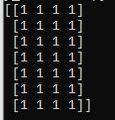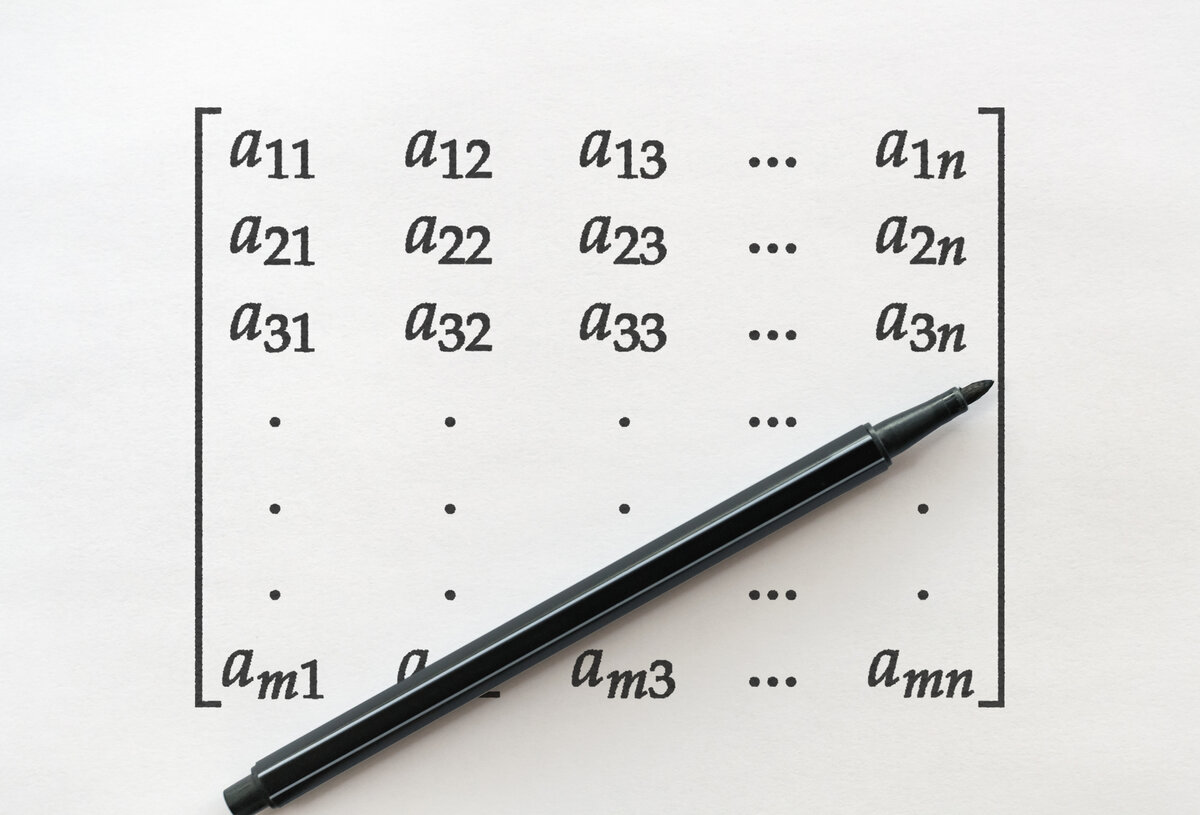In this tutorial, I will show you how to create an array using the NumPy library, a scientific computing library in Python.
Real-World Applications
- Any computer vision application written in Python that handles images or videos could use NumPy.
Let’s get started!
Prerequisites
Installation and Setup
We now need to make sure we have all the software packages installed. Check to see if you have OpenCV installed on your machine. If you are using Anaconda, you can type:
conda install -c conda-forge opencv
Alternatively, you can type:
pip install opencv-python
Make sure you have NumPy installed, a scientific computing library for Python.
If you’re using Anaconda, you can type:
conda install numpy
Alternatively, you can type:
pip install numpy
Write the Code
Open up a new Python file called numpy_array_creation.py.
Here is the full code:
# Project: How To Create a NumPy Array
# Author: Addison Sears-Collins
# Date created: February 24, 2021
# Description: Basics of using the NumPy library
import numpy as np # Import the NumPy library
# Create and print a two dimensional array with 7 rows and 4 columns
my_array = np.zeros((7,4))
#print(my_array)
# Print the data type
#print(my_array.dtype)
# Print the dimensions of the array
#print(my_array.shape)
#print("Number of rows in the array = {}".format(my_array.shape[0]))
#print("Number of columns in the array = {}".format(my_array.shape[1]))
# Create an array of ones that contains 8-bit unsigned integers
my_array_ones = np.ones((7,4), dtype=np.uint8)
#print(my_array_ones)
# Create an array of random numbers
my_array_random_nums = np.random.rand(7,4)
#print(my_array_random_nums)
# Create a 4x3 two-dimensional array (i.e. a matrix)
my_2d_array = np.array([[0, 1, 2, 3],
[4, 5, 6, 7],
[8, 9, 10, 11]])
#print(my_2d_array)
# Extract the value from the matrix on row 3, column 2 (i.e. the 9)
#print(my_2d_array[2,1])
Code Output
# Create and print a two dimensional array with 7 rows and 4 columns
my_array = np.zeros((7,4))
print(my_array)

# Print the data type
print(my_array.dtype)

# Print the dimensions of the array
print(my_array.shape)
print("Number of rows in the array = {}".format(my_array.shape[0]))
print("Number of columns in the array = {}".format(my_array.shape[1]))

# Create an array of ones that contains 8-bit unsigned integers
my_array_ones = np.ones((7,4), dtype=np.uint8)
print(my_array_ones)

# Create an array of random numbers
my_array_random_nums = np.random.rand(7,4)
print(my_array_random_nums)

# Create a 4x3 two-dimensional array (i.e. a matrix)
my_2d_array = np.array([[0, 1, 2, 3],
[4, 5, 6, 7],
[8, 9, 10, 11]])
print(my_2d_array)

# Extract the value from the matrix on row 3, column 2 (i.e. the 9)
print(my_2d_array[2,1])

That’s it. Keep building!

